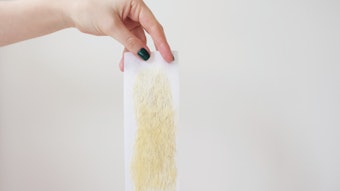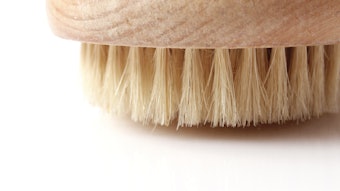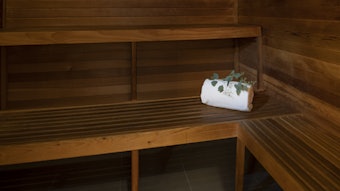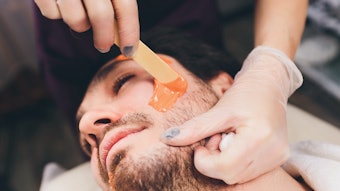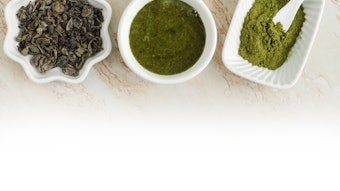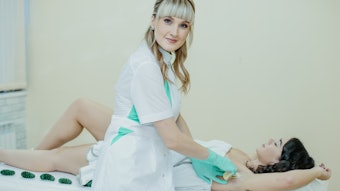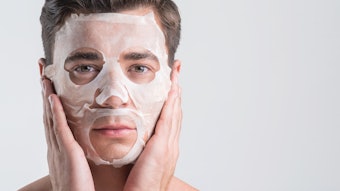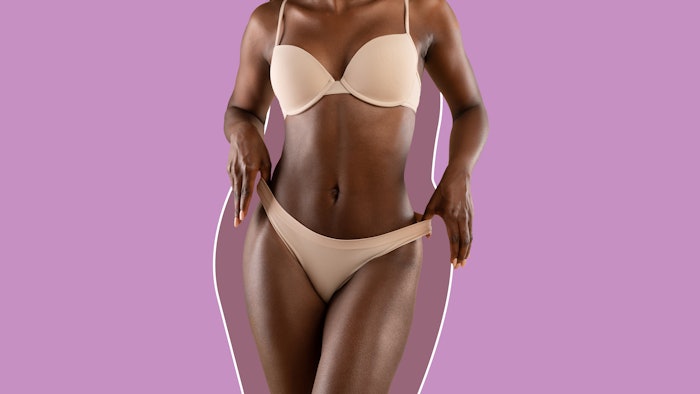
Body sculpting, also known as body contouring, is a non-surgical aesthetic treatment that reduces the adipose tissue and tightens the skin using ultrasound, electrical current, cold or injectables. Body sculpting can be done in a variety of ways, e.g. cavitation, radiofrequency (RF), CoolSculpting, Kybella and SculpSure, to name a few.
Each of these technologies have advantages and disadvantages, so understanding the differences is crucial. Here’s what you need to know about the different types of body sculpting and skin firming treatment methods.
Cavitation
Ultrasonic Cavitation technology utilizes powerful, low-frequency ultrasound waves that penetrate fatty cells and disrupt their cellular membranes from the inside. This leads to a collapse in the adipocytes, so liquid content of the disrupted fatty cells is released into the intracellular space. This liquid substance exits the body through the metabolism of the body’s lymphatic system.
Radiofrequency
RF is an energy-based electrical current technology that is able to penetrate deep into the skin, and affect the deeper dermis and subcutaneous layers. This causes tightening and other improvements to the underlying tissue structure. RF energy treatment is a non-surgical tightening method for the early signs of aging such as loose or sagging skin.
It is an ideal treatment for those who either don’t want or don’t believe they are old enough to have a surgical procedure to resolve their onset of skin laxity.
CoolSculpting
CoolSculpting, also known as Cryolipolysis, is a body sculpting thermal method that involves freezing of the fatty tissue. CoolSculpting is a non-invasive procedure. There are no needles or anesthesia used, and there is usually very little to zero downtime following the treatment.
Kybella
Kybella, also known as injection lipolysis, works by reducing fat cells in the target location by using the chemical deoxycholic acid. Kybella is normally performed under local anesthesia, and takes anywhere from five to 20 minutes to complete. Clients normally suffer mild soreness for a few hours following treatment, but there is minimal downtime, and they can resume their normal activities almost right away.
Sculpsure
Sculpsure uses precise laser light to remove fat cells. Sculpsure’s key advantage is that the laser technology utilized is extremely accurate, allowing you to have better control over where fat is eliminated. Sculpsure is frequently the most cost-effective approach for eliminating tiny portions of unwanted fat. It’s also the second-fastest process, with a total session time of only 25 minutes.
Ultrasonic Cavitation vs. Cryo Sculpting
Ultrasonic cavitation uses low-frequency ultrasound to collapse fatty cells. Results might be visible right after the treatment. Cavitation devices are often more affordable compared to CoolSculpting. There is also no medical director needed to perform cavitation. However, a medical director is needed to perform cool or Cryo Sculpting treatments. Cool Slimming is a local application of extremely low temperature and vacuum suction. This treatment aims to stimulate apoptosis (i.e. natural cell death).
Ultrasonic Cavitation vs. Laser Lipo
Laser liposuction (laser lipo) technology uses low-intensity cold diode lasers that aim to shrink fatty cells. Laser lipo is performed with small laser pads that are placed on the treated areas and attached with elastic stripes.
During a laser lipo treatment, pads dotted with laser diodes are placed on, or depending on the device, just above the skin. These laser diodes will penetrate the top layer of the skin to the subcutaneous layer where fat cells are found. Once the laser reaches this layer, it then increases the permeability of the fatty cell and allows it to expel fat, glycerol and any retained water that may be inside the cell.
Cavitation and laser lipo treatments both take approximately 30 minutes.
Ultrasound Cavitation vs. Radiofrequency
The Ultrasound Cavitation treatment method uses the power of low-frequency ultrasound vibrations and aims to reduce the amount of fat cells, while stimulating the reduction of local fat deposits.
Radiofrequency (RF) treatment method uses the power of electrical current; it is focused on the dermal skin layer and aims to stimulate collagen production to tighten and firm the skin. RF technology uses currents similar to the ones found naturally in the body’s electrical circuits to cause tissues to contract, which in turn, safely tightens the skin and improves its contour.
Because of the ability of RF to reach the dermal layer of the skin, the facial skin is made firmer, while existing collagen fibers are strengthened, and the production of new collagen proteins are stimulated.
Ultrasound vs. LPG Endermologie
Cavitation machines have ultrasound conductors with flat surfaces that are used to remove unwanted fat deposits.
LPG Endermological machines use vacuum roller massage, that is performed on a special soft and elastic bodysuit. This treatment aims to contour the body through stimulation of the lymphatic flow, increased skin tone and boosted cell turnover.
Vacuum massage can promote lymph drainage and decrease the volume of fat cells. The purpose of this is to detoxify the body by removing toxins and waste products from various kinds of tissues throughout the body. When lymphatic drainage in the body improves, so does overall health. This can be seen with more lively-looking skin and a brighter complexion.
Endermologie vacuum roller massage breaks up adipose connective tissue. The areas that can be treated include the top of arms and legs, hips and stomach and buttocks. Endermologie massage helps to normalize blood and lymph circulation, which subsequently reduces problematic cellulite on all areas of the body.
What Makes an Ideal Client?
An ideal client for body contouring and cavitation is someone who has realistic expectations and goals, and is willing to put forth the effort of changing their lifestyle and overall health and well-being.
This is not for everyone (See Body Contour & Cavitation Contraindications Sidebar). If you have a potential client who doesn’t want to change their eating habits, get more active, drink more water etc., then this is not the right candidate for this procedure.
Body Contour & Cavitation Contraindications
- Infections
- Epilepsy
- Pacemaker
- Pregnant
- Breastfeeding
- Heart Disease
Exercise Your Options
Whether you chose Cavitation, RF, CoolSculpting or Laser Lipo, training is a must! Seek professional training so that you are well educated and knowledgeable about everything concerning your new machine and what it can do, cannot do, and what it will do for your clients.
By offering visuals like before and after photos, you will be booked and busy in no time with your newfound technology and new clients.
Founder and CEO of The Glam Station and Spa and The Bonner Institute, Terrance Bonner has over 13 years of experience in the beauty industry as an educator, author, LMT and LE. HE has taught over 4,000 skin care and massage therapist professionals on topics ranging from chemical peels, manual lymphatic drainage and advanced modalities in massage therapy and esthetics.

